AirPods Max: 4 years later
Reviews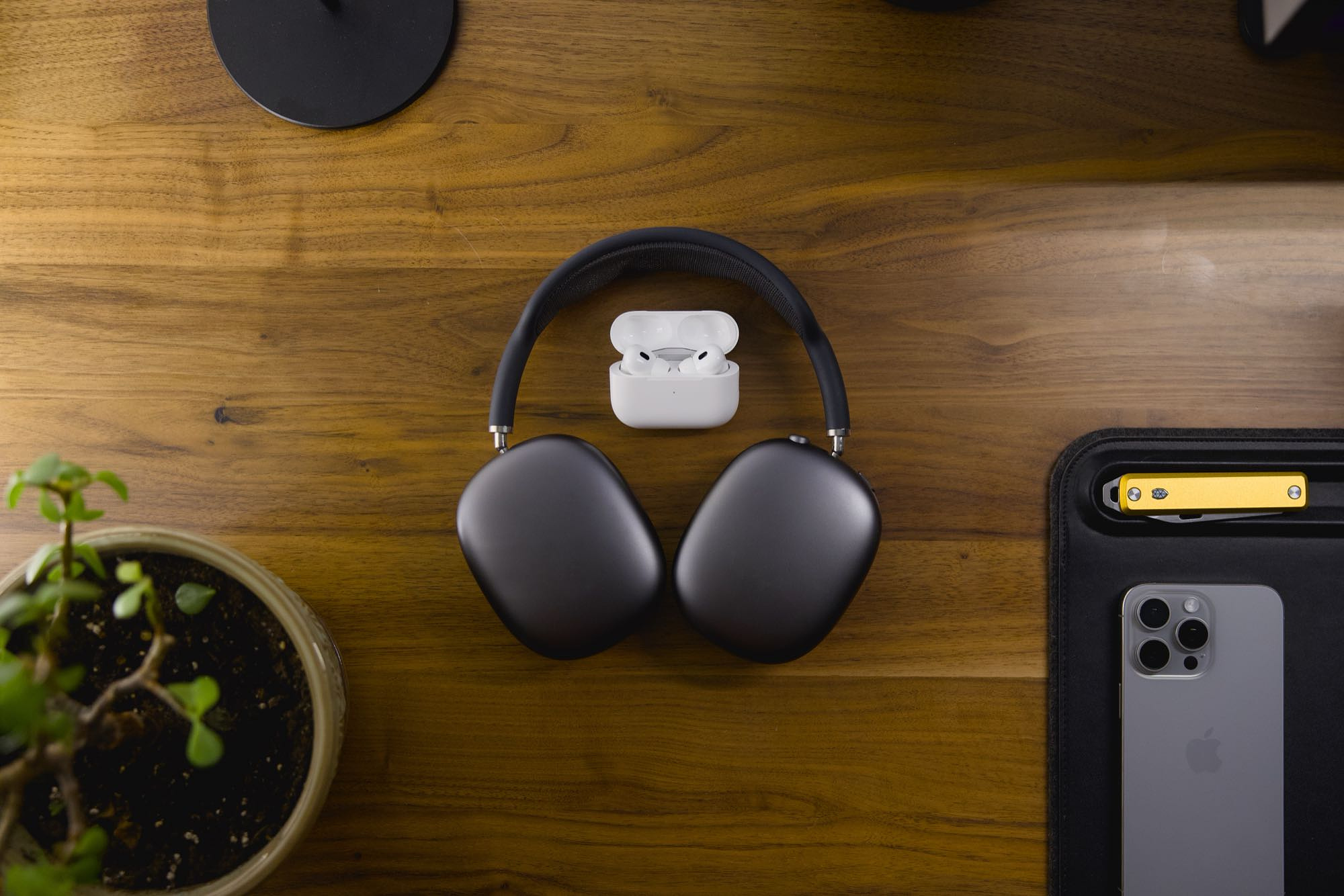
I’m not sure there’s been any product I’ve had a more mixed relationship with than the AirPods Max.
I returned my first pair…then missed them just enough to buy a second, which I’ve kept. Rarely a day goes by where they don’t piss me off in one way or another…yet rarely a day goes by where I don’t use them anyway.
What I like
If I’m buying headphones, I’m buying them primarily for how they sound. Then how they feel. Then everything else.
Great sound outweighs a lot of things for me, and the AirPods Max are proof.
They offer a great sense of horizontal width in the way they sound, which I like in a headphone because it gives the music a space to exist within. I also appreciate that they can dig deep into the bass regions of the sonic spectrum to unveil the frequencies you start to feel more than hear. That’s fun.
High frequencies are well represented and help contribute to your ability to locate the source of a sound more precisely (the “spatial” part of Spatial Audio). The midrange is a little unremarkable, even dull sometimes, but that’s to be expected from their consumer headphone tuning.
In the end, all that means is that the AirPods Max are enjoyable to listen to.
They’re not what you’d call flat or analytical, but most people don’t prefer those qualities in their headphones. Not unless they’re using them for multimedia production, where accuracy is more important than vibe.
For most folks, a little bit of extra emphasis here and there, tastefully done, can make the difference between a headphone that simply sounds great, and one that’s so enjoyable it gets your feet tapping involuntarily.
The AirPods Max pass the foot-tap test of headphone appeal, and that’s the best thing I can say about them.
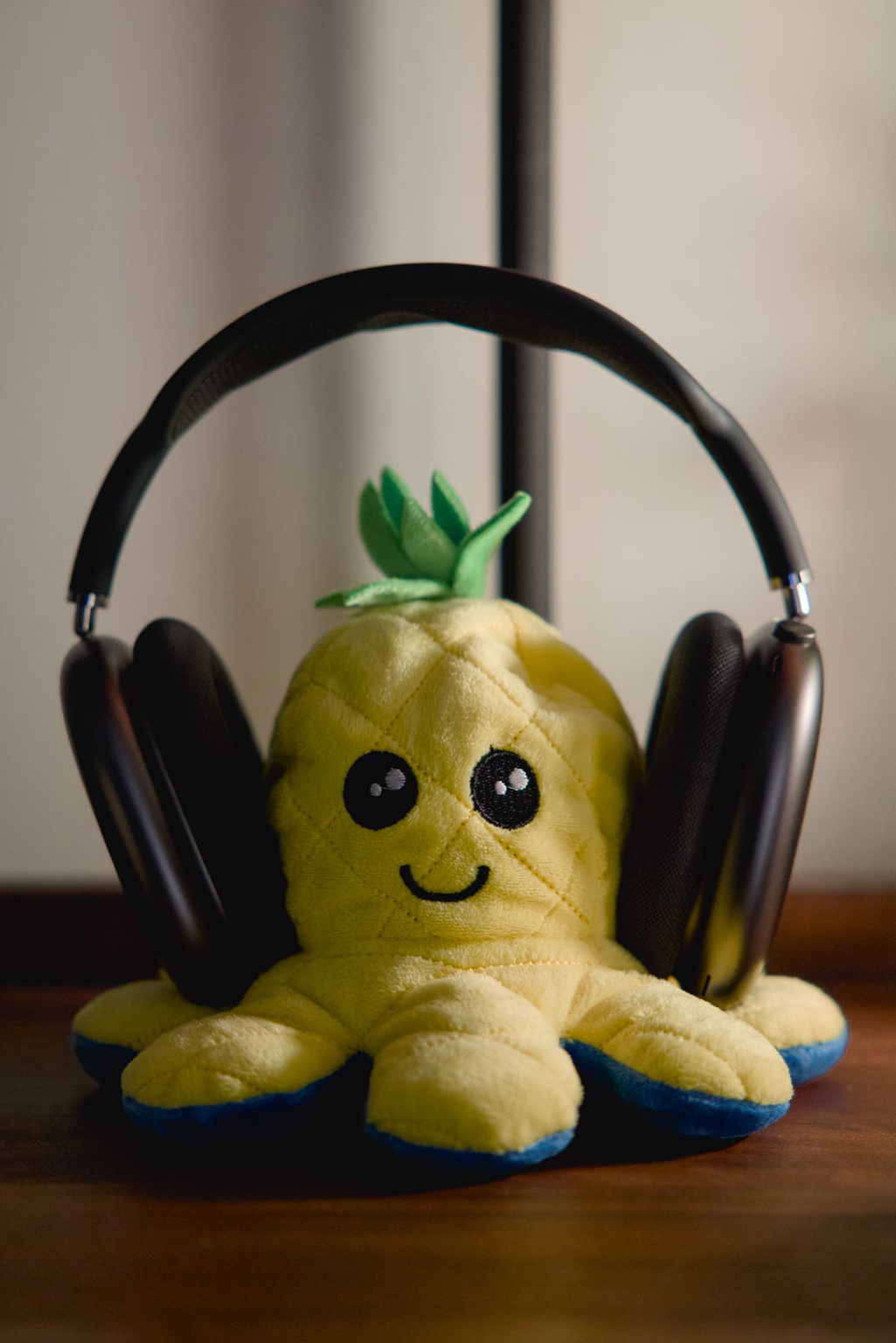
What I don’t like
They need an off switch.
I understand the idea behind the always-on, always-ready approach but it doesn’t work here.
Even with a specialized dock that’s meant to put them into a low-power state when I’m not using them, their idle drain is awful and I find myself having to charge them every other day or so, even with conservative use. End of the world? Of course not, but have you seen what the competition can do?
The worst part is the connectivity and convenience benefits this approach is supposed to allow for have been inconsistent. I’ve gone months where the auto-switching between devices was so unreliable that I had to turn it off and wait for the next firmware update to see if it recovered. Recently, when listening to the Music app on my work machine (only that app and only that Mac), I’ve started getting Bluetooth dropouts...but only sometimes!
And that’s how I know these issues aren’t caused by a defect I could have returned them over. There are long periods of time where they work exactly as advertised. And that’s the problem. What’s worse than bad? Unreliable. At least with bad, you know where you stand.
Between the high-maintenance battery situation and the intermittent connectivity issues, I don’t feel like I can rely on my AirPods Max. It makes me think very seriously about the “hassle” I’m so cleverly avoiding by buying AirPods instead of any number of compelling headphones that aren’t made by Apple.
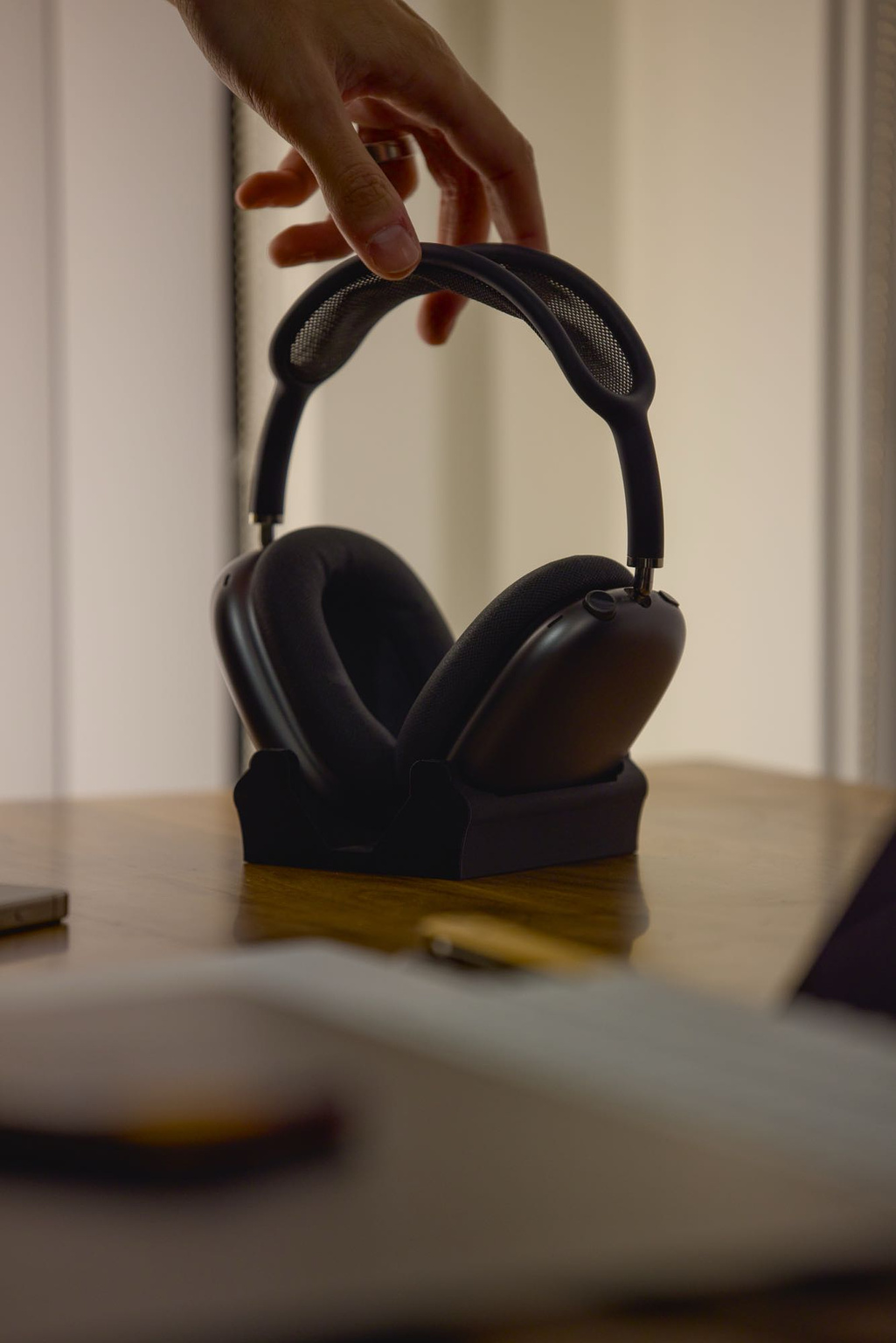
Let’s talk about convenience
In fact, can we take a moment to examine what that inconvenience actually looks like?
With other Bluetooth headphones, you perform the one-time pairing process from a piece of software on your phone, instead of...a different piece of software on your phone. In one case, that app is made by Apple and pops up automatically, and in the other it isn’t and you have to download and open the app yourself. That’s really what the difference boils down to.
Everything else is a question of features, which is just another criterion you would factor into your decision making. Do you need Spatial Audio? Do you need your headphones to switch their connection between many devices, with little or no input from your end? The AirPods Max offer these features and more (assuming your experience with the connectivity side is more predictable than mine)—but they aren't the only headphones that do. These days, many models can stay connected (not just paired) to two or more devices at once, with no switching required. And Spatial Audio is only one of several approaches to 3D audio on the market.
What I’m saying is: if you’ve owned nothing but AirPods for a while, I’m happy to tell you that Bluetooth technology has come a long way since the pair you probably had bad experiences with. Pairing, device switching, settings...it’s all quite civilized. And if you’ve ever preferred a third-party solution to one of Apple’s before, it’s worth considering the possibility that using a third-party headphone might not be so bad either.
Nothing is perfect, of course, but that includes the AirPods Max. Which I’m afraid brings me back to things I don’t like.
How much does a logo weigh?
The AirPods Max are too heavy, and I can say that confidently because the extensive use of metal confers no benefits here.
In theory, it’s meant to make them appear more premium (in the same way, I suppose, that Apple thinks shades of grey constitute the epitome of sophistication for buyers paying for Pro phones and tablets).
But I don’t buy that.
The reason these look premium is not that they have metal shells or a nice design. It’s that they’re made by Apple. Apple could have made them out of seaweed and they’d still become fashionable.
Another significant downside of this “premium” build is that they’re not as comfortable for me as I’d want them to be for $880 Canadian dollars after tax. Between the weight, scratchy pads, and clamping force, they get uncomfortable more quickly than most other pairs of headphones I’ve used or tried recently, including ones costing significantly less.
It’s a shame because I appreciate their unique shape and slim profile.
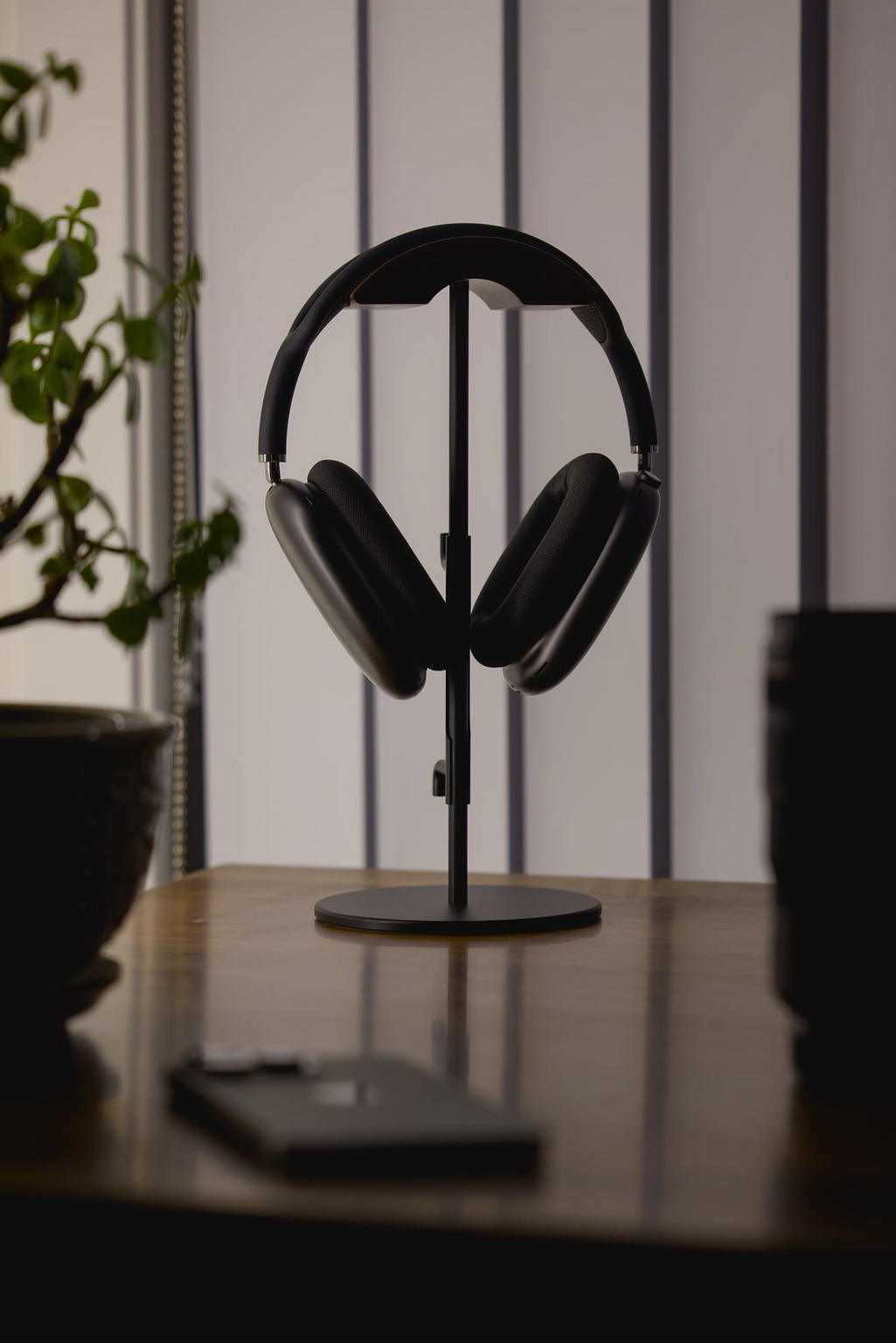
Finding their place
I want to root for these things.
They come from the same company that gave us the in-ear AirPods—one of the best pieces of consumer electronics of the last decade.
One thing Apple has going for it in this arena is money. Acoustic research and engineering take specialized talent, equipment, time, and ingenuity—all of which can be bought! Apple did buy all those things, and the result is...a perfectly respectable entry into the category.
That’s faint praise because, despite their prowess, with the AirPods Max Apple showed up late to a five-year reunion—let alone the original party. The headphone market is vast and energetic. Even when they were released, The AirPods Max were only arguably the best in their class, and you had to be pretty careful with your definition of what class they’re in.
Best headphones?Lol.
Best over-ear?Keep dreaming.
Best Bluetooth over-ear?Nah.
Best Bluetooth over-ear with Active Noise Cancellation (ANC)?Nope.
Best Bluetooth over-ear with ANC costing less than $1,000?Maybe?
And again, that was years ago!
Quick aside: the USB-C version
A lot has happened in the headphone market since the AirPods Max were released.
Competitors have appeared, been replaced, leap-frogged one another, and pulled ahead of the AirPods Max in every category you care to think of: sound quality, battery life, comfort, design, build, weight, and especially value for money.
In late 2024, Apple’s response to this was to switch out the original AirPods Max’s 12-year old cable connector and offer them in new colours, which tells you a lot about how the company makes decisions these days.
Why didn’t they at least update the chip to the H2 that’s in the AirPods Pro 2? That would have unlocked years of updates, and given the true believers looking for reasons to upgrade from the original model something plausible to offer their wallets as justification.
But no. Same old H1 chip, which means they’re not going to get the meaningful updates we’ve seen coming to the AirPods Pro 2. And that’s fine, it’s not an expected outcome when buying audio equipment. But whereas the AirPods Pro feel like they’ve gotten more valuable over time, the AirPods Max felt like mediocre value on day one—and it’s only decayed since.
You know what does get the latest chip? The entry-level AirPods. For $600 less here in Canada.
The AirPods Max don’t get the newest technology because they don’t matter enough to be worth the investment in retooling their assembly line.
Truthfully, it’s unfair to blame Apple here.
They make what sells, and the AirPods Max sell just fine. Skimming a bit more profit margin off the top to pay for the newer chips wouldn’t move the needle enough on sales to be worth it for Apple at its current scale.
And again, one thing the AirPods Max have going for them that no other manufacturer can ever provide is the fact that Apple makes them. As a result, they’ll continue to sell just fine despite receiving perhaps the single most apathetic update I’ve seen in my entire time watching consumer technology.
I’m frustrated by this situation partly because I was hoping the sequel would be better than the original. But more broadly, complacency always worries me, and I’m uncomfortable seeing Apple settling so hard.
They can afford to, but that’s only ever a temporary luxury.

Why I’ve kept them
When I said earlier that great sound outweighs a lot of things for me, I meant it. After all, despite my grousing, they’re still with me.
I knew I was keeping them because of how they sounded, but I’m lucky enough to have access to several great ways of listening to things, so that felt like an excuse rather than a reason. The reason, it turns out, was more subtle and it took me a while to pin down.
I’ve kept them because they offer a shared experience. When my friends own a pair and we watch the same video, or I send them a piece of music I like (or, more significantly, have written), I know they can have the same listening experience as me. And, of course, I benefit from that same intimacy in reverse. It’s tough to replicate that experience in any other way when you’re not in the same physical space.
In other words, I’ve kept the AirPods Max in part because most of my friends own them. It seems like a small thing I’m sure, but it’s meaningful enough for a composer and general audio guy like me to tip the scales. Sound is a significant part of how I communicate, both literally and more poetically.
How my music is heard affects how it’s interpreted and, by extension, how faithfully it can be received by those who are kind enough to listen to my work. I want to understand their listening experience as deeply as I can so I can make my music as engaging and immersive as I’m able to for them.
You could argue this shared experience applies with any headphones, and it’s true, except most people don’t think too much about what headphones they buy. They just want something simple, enjoyable, and reliable. The default. And the default is AirPods.
Their price excludes a great many listeners, but the AirPods Max are the top-of-the-line iteration in this family of mass-market consumer headphones. The Default Pro, if you will.
When enough people in the world are listening to everything through the same headphones, how something sounds on those headphones becomes, in a strange sense, the way it sounds. The medium is the message.
In this bigger-picture way, the AirPods Max also serve as a crucial mixing and mastering reference for me.
But of course, on the topic of this shared experience thing, the AirPods Max have a much more obvious, ubiquitous, and affordable rival.
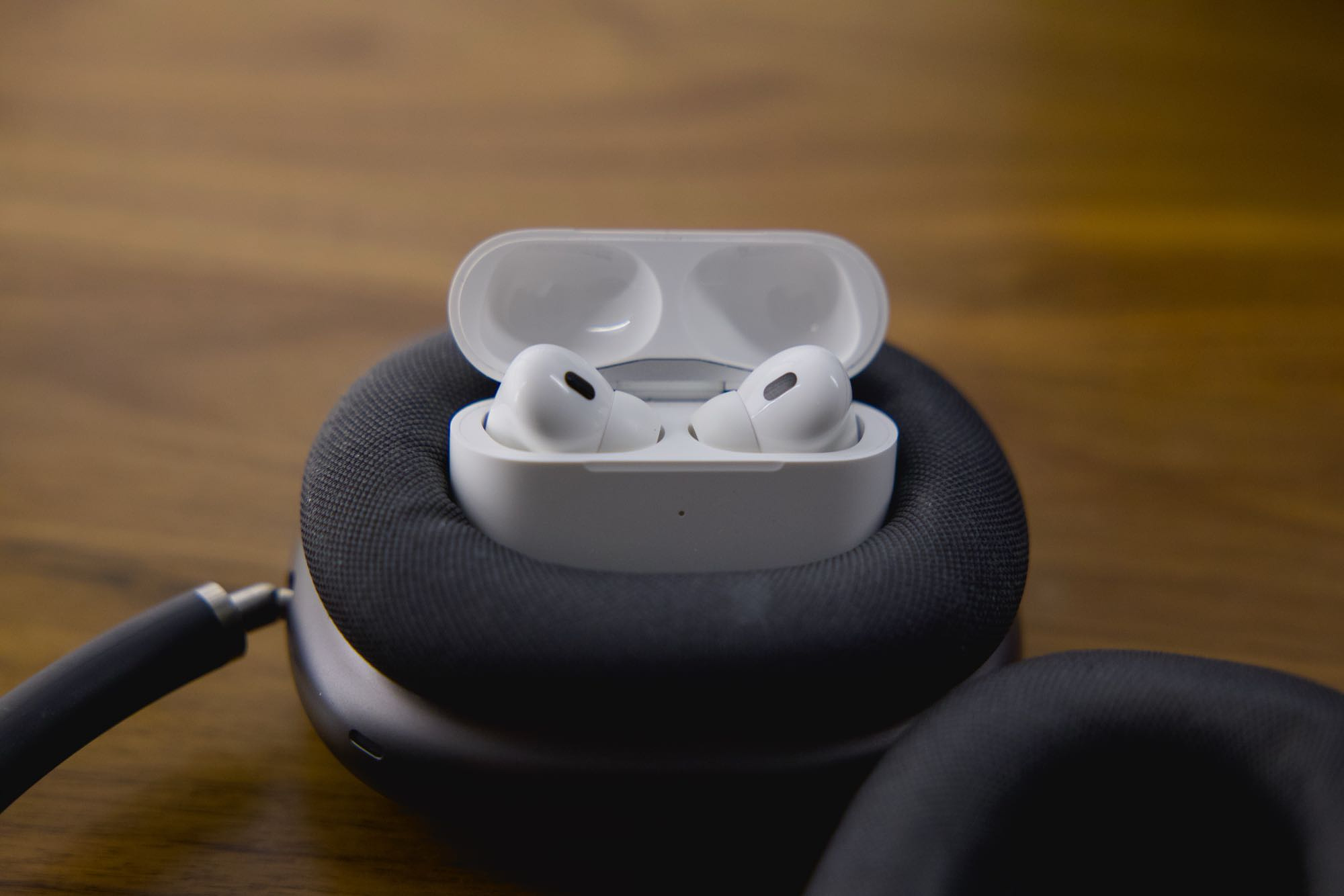
A happy ending?
All the benefits I’ve described are true of the AirPods Pro 2 as well, which I also own and prefer in essentially every way.
The AirPods Pro 2 have more features, are smaller, comfier, more reliable, longer-lasting, easier to bring, and their transition from first to second generation brought with it a huge improvement in the quality and sophistication of their sound. So much so that there’s very little I miss when I wear my AirPods Max instead, which is surprising.
If I had owned the AirPods Pro 2 when the AirPods Max came out, I doubt I would have bought the latter to begin with. But the money was already spent, and I love audio enough that having them as an additional pair to rotate to when listening to things or watching TV at night is a way for me to explore different experiences in a category of product that I really enjoy.
In the end, it turns out that what I love about the AirPods Max isn’t really about the AirPods Max—it’s that shared experience. And even though it's something I also get with their superior siblings, the AirPods Pro 2, I’m keeping the AirPods Max.
I guess these days I’m holding on to shared experiences a bit more tightly than usual.
